There are two reasons why your earlier question wasn't about radio. The first is, that radio officially goes from 3kHz to 300GHz. The second is, that a transformer is based on a different principle than radio waves. That second reason is what's your question is about: a transformer is based on electromagnetism, radio waves are based on electromagnetic radiation.
Understanding on this topic is really hard, and exists for many people on a lot assumptions. I'll try to give an easy explanation for a layman, for which you'll have to accept some more assumptions than for the detailed explanation below.
Layman explanation
As you know, a magnetic field means that some materials like metals are attracted by others. One can generate a magnetic field by letting an alternating current flow through a wire or coil. That is what happens in the primary coil of a transformer. The other way around, a change in a magnetic field will generate a current in a coil - that's what happens in the secondary coil. These properties of magnetic fields and current are called electromagnetic induction.
Electromagnetic radiation is a particular form of the electromagnetic field. In electromagnetic radiation, the magnetic field will create an electric field (just assume that), but further away from the conductor that began with making the electromagnetic field. The electric field will create a magnetic field, even further away, and so on. It just goes on and on, due to specific properties of the field. That's the key to electromagnetic radiation.
When you are testing with a transformer, the secondary coil exists inside one wavelength of the wave that is produced. This means that the current in the secondary coil does not exist because of electromagnetic radiation, but because of electromagnetic induction: the fields don't create each other.
You can only prove the existence of electromagnetic radiation by transporting waves over more than one wavelength - only then, you can be sure the fields create each other.
Detailed explanation
There is some confusion here, and the cause of that is that the theoretical principle behind radio waves, and radio frequency, don't necessarily go together. Take a look at the Radio Wikipedia:
Radio is the wireless transmission of signals through free space by electromagnetic radiation of a frequency significantly below that of visible light, in the radio frequency range, from about 30 kHz to 300 GHz. These waves are called radio waves. Electromagnetic radiation travels by means of oscillating electromagnetic fields that pass through the air and the vacuum of space.
Note: I believe the 30kHz minimum should be 3kHz (reference: here and here)
You can see that there might be other waves, based on the same principle and working the same way, with a frequency <3kHz or >300GHz, that are just therefore not part of "Radio". Those waves aren't radio waves and they aren't in the RF spectrum, but they are just the same, when you forget about the frequency.
But there's more! Radio waves are electromagnetic radiation. Electromagnetic radiation contains of two components, one electrical and one magnetic. These components create each other, as said above. The red magnetic field creates a blue electric field, which creates the next magnetic field, and so on.

From the Electromagnetic radiation Wikipedia:
Electromagnetic radiation is a particular form of the more general electromagnetic field (EM field), which is produced by moving charges. Electromagnetic radiation is associated with EM fields that are far enough away from the moving charges that produced them that absorption of the EM radiation no longer affects the behaviour of these moving charges.
What we were trying to do in your earlier question was really just picking up the weak magnetic field, because that's what a secondary coil does.
I guess you're now wondering: but does a transformer do electromagnetic radiation, or is it just a magnetic field? Let's have a look, with the Electromagnetic radiation Wikipedia:
... the electric and magnetic fields in EMR1 exist in a constant ratio of strengths to each other, and also to be found in phase ...
1: electromagnetic radiation, compared to the electromagnetic field - note by author
Think about the transformer. A magnetic field is generated when the current changes. Let's say we have a pure sine as the current, \$I(t)=sin(t)\cdot{}c\$. We can get the change of the current on a specific moment by taking the derivative of that sinus, which is the cosine, so: \$B(t)=cos(t)\cdot{}c\$. Now have a look at the functions \$I(t)\$ and \$B(t)\$, which should exist in "a constant ratio of strengths to each other" and in phase.
Note: the constant \$c\$ is because the formulas depend on other things as well, that are irrelevant now and constant in a specific situation

You can already see those functions aren't in phase. They aren't in a constant ratio to each other either. You can see that by plotting \$f(t)=\frac{sin(t)}{cos(t)}=tan(t)\$:

So no, a transformer does not radiate electromagnetic radiation. The waves aren't in a constant ratio of strength to each other, neither are they in phase. The tests you did with a transformer in your earlier question, were just based on a magnetic field.
This difference between picking up a magnetic field and magnetic radiation is known as the difference between near and far field.
Summary
There are two main reasons why your experiments weren't about radio. The first is that it just was the wrong frequency. The second is that a coil with an AC current does not provide electromagnetic radiation.
Reference



